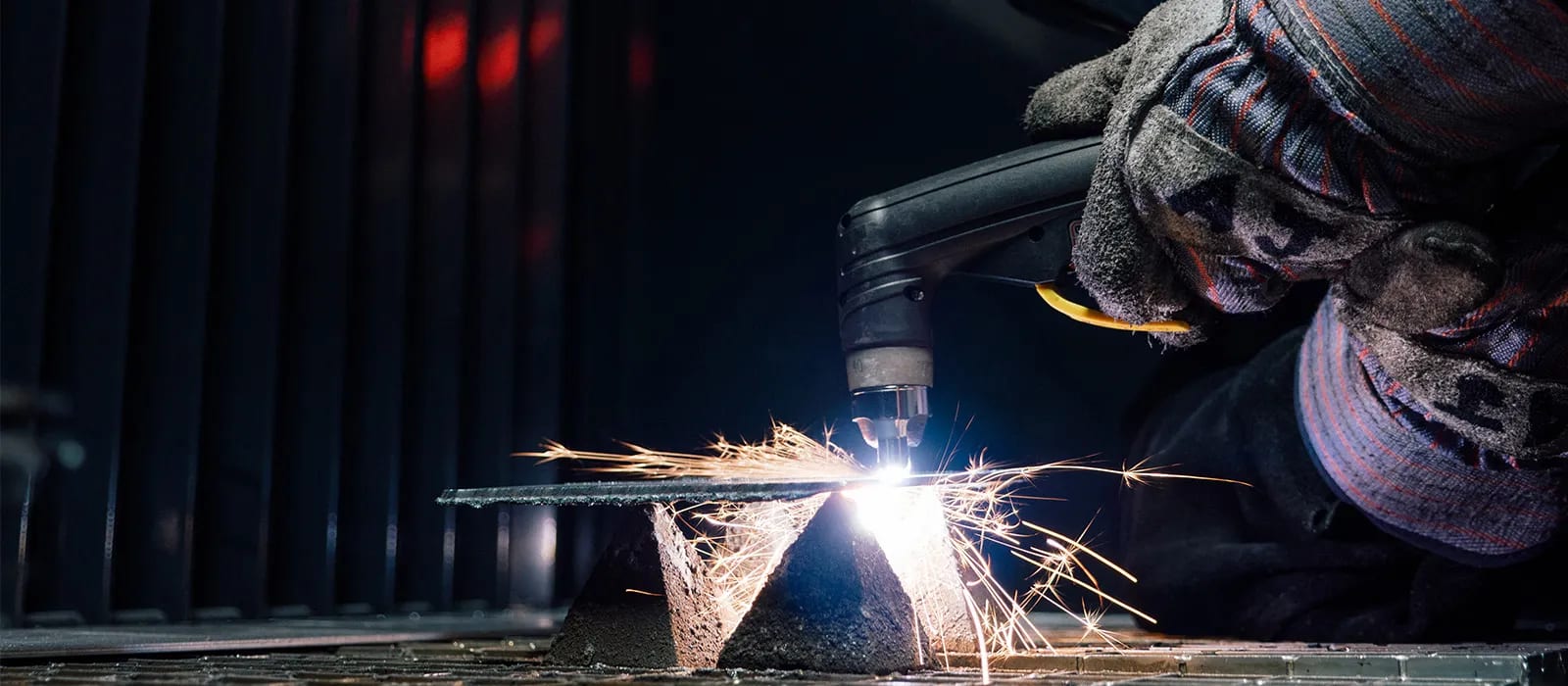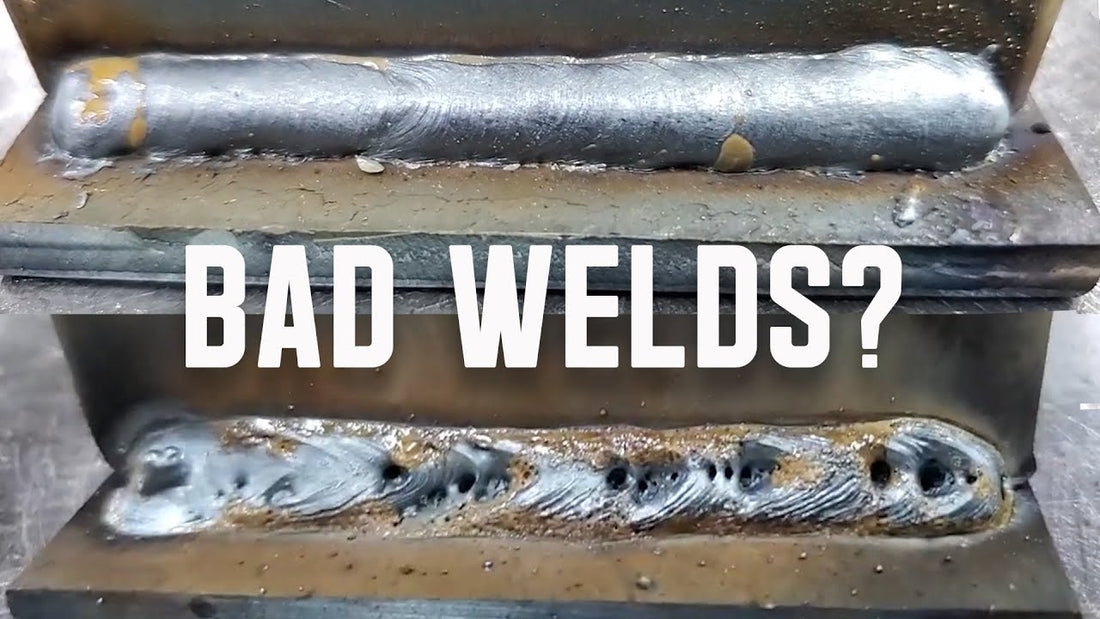A Comprehensive Overview to Identifying, Averting, and Dealing With Undercut Welding Troubles in Your Welding Jobs
In the realm of welding, encountering undercut issues is a common obstacle that can compromise the architectural stability and general quality of your welding jobs. Comprehending the origin behind undercut welding, being able to precisely find it in your welds, and applying reliable preventative procedures are critical abilities for any welder. In addition, having the expertise and strategies to rectify undercut issues when they do occur can make a substantial difference in the final result of your welding endeavors. Stay tuned as we discover the necessary parts of identifying, avoiding, and dealing with undercut welding issues, giving you with important understandings and approaches to boost your welding skills to the following degree.
Common Reasons For Undercut Welding
Undercut welding, an usual issue in welding processes, can be brought on by numerous aspects that require to be very carefully identified and addressed to make sure the stability of the weld joint. One of the main sources of undercut welding is excessive heat input. When the welding criteria, such as voltage, present, or take a trip speed, are not correctly established, a too much quantity of heat can be produced. This excess warmth brings about the melting and subsequent elimination of the base material along the sides of the weld joint, developing a groove referred to as undercut.
One more typical source of undercut welding is improper welding technique. Inadequate control of the welding torch or weapon, inaccurate angle or range in between the workpiece and the torch, or inconsistent travel speed can all add to the development of undercut. Furthermore, utilizing the incorrect welding consumables or electrode size for a certain joint arrangement can result in undercut concerns. Determining these source and executing rehabilitative measures is necessary in preventing and remedying undercut welding troubles in welding projects.
Identifying Undercut in Welds

To identify undercut accurately, correct lighting and zoom devices are important to check the weld joint extensively. Making use of tools such as a welding scale or a magnifying glass can aid in spotting even the smallest undercut flaws. In addition, running a finger or a fingernail along the weld joint can sometimes expose undercut, as the surface area might really feel unequal or have a dip where the undercut exists.
Safety Nets for Undercut
Having a deep understanding of the reasons of undercut in welds enables for the execution of reliable precautionary steps to keep weld top quality and stability. These setups must be optimized to prevent too much warm input, which can lead to damage formation.

Techniques for Fixing Undercut

To deal with undercut issues properly, welders can utilize details techniques targeted at remedying the issue and bring back the stability of the weld joint. One technique is to readjust the welding criteria, such as the voltage, existing, and take a trip rate, to make certain proper heat input and blend. Boosting the welding current or lowering the travel rate can help fill in the undercut. In addition, altering the welding method from a press to a drag or the other way around can additionally help minimize undercut.
One more strategy is to utilize a weaving movement while welding to make sure appropriate sidewall combination and fill in the undercut. By oscillating the welding arc back and forth within the weld joint, the welder can deposit much more filler material right into the undercut areas, effectively getting rid of the flaw.
Furthermore, grinding out the undercut and rewelding the joint can be a viable solution for a lot more severe undercut problems - Preventing weld undercut. This process involves link getting rid of the undercut section, preparing the base steel, and afterwards rewelding the joint with proper welding parameters and methods to protect against undercut from repeating

Expert Tips for Staying Clear Of Undercut
Making use of correct welding strategies and maintaining control over key welding specifications are essential strategies for welders aiming to stop undercut in their weld joints. One specialist pointer for avoiding undercut is to make sure correct joint prep work. This entails cleaning the base metal extensively to remove any kind of impurities that could lead to damage formation. In addition, picking the appropriate welding procedure and filler steel for the specific application can assist stop undercut. Welders should also pay attention to the welding present and voltage setups, ensuring they are within the recommended variety to avoid getting too hot and potential undercut. Keeping a regular traveling rate during the welding process is another vital tip to avoid undercut. By relocating at a consistent rate, welders can guarantee correct fusion and reduce the possibility of undercut development. Finally, examining the weld grain after conclusion can aid determine any type of indicators of undercut beforehand, enabling prompt rehabilitative action to be taken.
Conclusion
To conclude, identifying, preventing, and taking care of undercut welding issues in your welding projects is crucial for ensuring resilient and strong welds. Preventing weld undercut. By comprehending the typical reasons for undercut, being able to determine it in welds, executing precautionary steps, and using proper strategies for dealing with undercut, you can prevent possible concerns and produce top quality welds. Adhering to expert pointers for preventing undercut can help you improve your welding abilities and create far better outcomes in your jobs
Undercut welding, an usual concern in welding procedures, can be caused by different variables that need to be very carefully determined and addressed to guarantee the honesty of the weld joint. In addition, running a finger or a fingernail along the weld joint can sometimes disclose undercut, as the surface might feel unequal or have a dip where the undercut exists.
Utilizing proper welding techniques and preserving control over vital welding specifications are critical approaches for welders aiming to protect against undercut in their weld joints.In conclusion, determining, stopping, more tips here and taking care of undercut welding troubles in your welding jobs is vital for making certain durable and strong welds. By recognizing the usual reasons of undercut, being able to determine it in welds, implementing precautionary steps, and try this using proper methods for taking care of undercut, you can stay clear of potential issues and create high-quality welds.